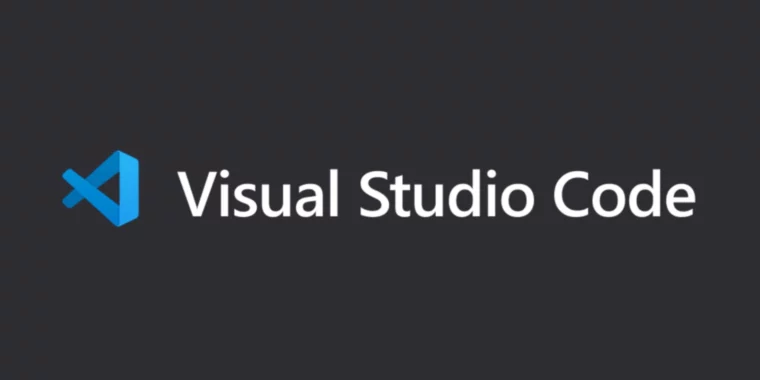This is why it’s important to keep layers vulnerable to adjustments as excessive as potential within the stack list. As A End Result Of should you change any layer, Docker will rebuild the particular layer and the previous layers around it. Additionally referred to as “image layers”, these are the intermediate images that type Docker photographs. Through the layers, you presumably can cache every step you are taking whereas creating Docker photographs. Layers additionally increase the reusability and the pace of making Docker photographs.
Docker photographs are self-contained templates which might be used to construct containers. They make use of a tiered file system to store information effectively. Each layer, which accommodates instructions such as downloading software program packages or transferring configuration files, represents a particular part within the picture era course of. Only the up to date layers have to be recreated and delivered, making layering an efficient approach to share and update images.
How To Remove Docker Images Safely And Effectively
- Docker is a containerization platform that you need to use to bundle software in containers and run them on course machines.
- Let’s reproduce exit code 1 with this situation so you can perceive how it occurs.
- Docker photographs are self-contained templates which might be used to construct containers.
- You can use the Docker Pull Command to tug pre-built Docker Images from the Docker registries corresponding to Dockerhub.
- What Docker calls one factor, Google calls another, and so forth.
However it can make you create unnecessary layers and a number of unoptimized images. As Quickly As installed, head to the basis directory (where you saved the application) and create a simple textual content file. You can name it no matter you need, but let’s go with “Dockerfile”. Docker containers are fully isolated, in order that they don’t affect the system, and the setting they run in can’t affect the software both. A Docker image, on the other hand, runs the code inside a container. Layers are set in a hierarchical form, and each layer is decided by the one preceding it.
To start, we want to have an understanding of the Docker nomenclature and environment. There continues to be not a clear consensus on terms with reference to containers. What Docker calls one factor, Google calls another, and so forth. Love them or hate them, containers have turn into a part of the infrastructure running nearly every little thing.
Understanding Docker Pictures
They’re loaded into reminiscence only at runtime when a request is made, and unloaded when not in use to optimize sources. Since models can be giant, the initial pull might take a while — however after that, they’re cached regionally for faster access. For most internet applications, Alpine photographs present an excellent balance of sizeand performance. Nonetheless, if you have complicated native dependencies, you mightneed to use the slim variant or tackle the precise compatibility challenges. Forgetting about managing a server to react to spikes in visitors or different processing needs significantly simplifies a developer’s job.
Tips On How To Troubleshoot Exit Code 1 In Docker
These two rules allow you to to increase or add to current photographs. For instance, if you’re building a Python app, you can begin from thePython image and add extra layers to install your app’s dependencies and add your code. In this text, you’ve learned what causes errors with exit code 1 and how you can mitigate them in your improvement and deployment processes. That additionally means that there isn’t a have to carry out a docker mannequin run before interacting with a particular model from a number course of or from within a container.
This tutorial offers a comprehensive guide to containerizing Node.js applications utilizing Docker, guaranteeing a smooth transition from improvement https://deveducation.com/ to production. Optimize images with multi-stage builds and minimal installations. The Docker Model Runner CLI will feel similar to working with containers, but there are additionally some caveats regarding the execution model, so let’s check it out.

This also implies that with the assistance of a single picture base, you can simply create multiple Docker pictures. Over time, you’ll have pictures that include different layers, with every iteration barely much like the previous one. Suppose of a picture as a template, so while it could possibly exist independently, you can’t execute it. It’s important to say that a container is simply an executed image. As you construct a container, it mechanically creates one other layer on high of the image, letting you modify the container layer (images are read-only).
Strive a few prompts and spot how fast the responses are — all working on your machine with Docker. You can now begin building your Generative AI software powered by the Docker Model Runner. On Docker Hub, you’ll find a curated list of the preferred fashions which are well-suited for local use cases.
What Is A Docker Image And How Is It Totally Different From A Container?
It’s a cryptographic hash (like a fingerprint) that guarantees you’re pulling the exact image version you supposed. This is particularly important in manufacturing environments where consistency across deployments is crucial. Containers are isolated from each other and the host system, thanks to Docker’s underlying use of Linux namespaces and cgroups. This isolation ensures that each container runs its utility without interference from other containers or processes on the host machine.
As microservices architectures proceed to dominate fashionable software design, mastering picture optimization turns into more and more valuable. Multi-stage builds improve this process by permitting you to use multiple FROM instructions to create smaller production images with solely the mandatory artifacts. A Docker image, or container image, is a standalone, executable file used to create a container. This container picture docker what is it contains all of the libraries, dependencies, and recordsdata that the container must run. A Docker image is shareable and moveable, so you can deploy the identical image in multiple areas at once—much like a software program binary file.
Why does it profit you to companion with an outside staff to handle serverless applications? It reduces the time burden on developers and allows organizations to make higher use of their own skilled professionals. So, you could have your containers configured and everything is prepared to go.

Each of the recordsdata that make up a Docker picture is named a layer. These layers type a series of intermediate photographs, built one on prime of the other in levels, where each layer relies on the layer instantly under it. The hierarchy of your layers is key to environment friendly lifecycle management of your Docker photographs. Thus, you should organize layers that change most often as high up the stack as potential. This is because, if you make adjustments to a layer in your image, Docker not only rebuilds that particular layer, but all layers constructed from it.
